16 Ways To Discipline Your Cat The Right Way

Ever notice how cats have the uncanny knack of strutting around like they own the place? These furry little emperors may be rulers of the household, but when it comes to setting boundaries, they could use a gentle nudge in the right direction.
From understanding feline psychology to incorporating fun and effective training techniques, let’s explore how to keep kitty in check without ruffling too many fur feathers.
1. Positive Reinforcement
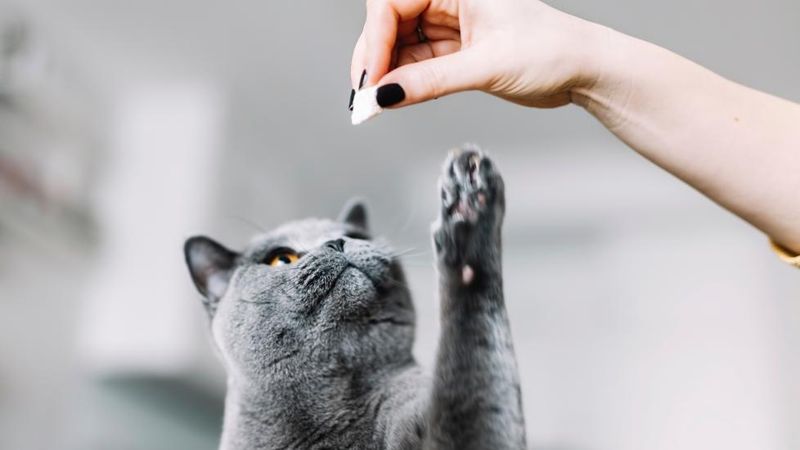
Who doesn’t love a bit of praise? Cats are no exception. Positive reinforcement involves rewarding your cat for good behavior rather than punishing bad acts. This method is more effective and leads to a happier cat. Each time your furry friend behaves well, dish out a treat or some affection!
2. Clicker Training
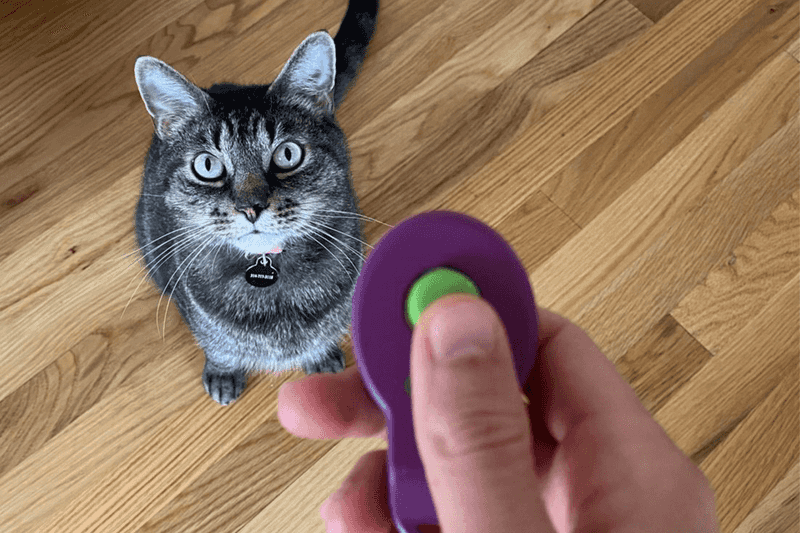
Click, treat, repeat! Clicker training is a popular method that uses a small device to make a clicking sound, signaling to the cat that a reward is coming. It’s a fun way for you and your cat to bond while learning new tricks. All it takes is consistency.
3. Time-Outs

Time-outs aren’t just for kids. If your cat gets too rowdy, placing them in a quiet area can give them a moment to calm down. It’s not about isolation but rather providing a space to chill. Remember, consistency is key!
4. Redirection
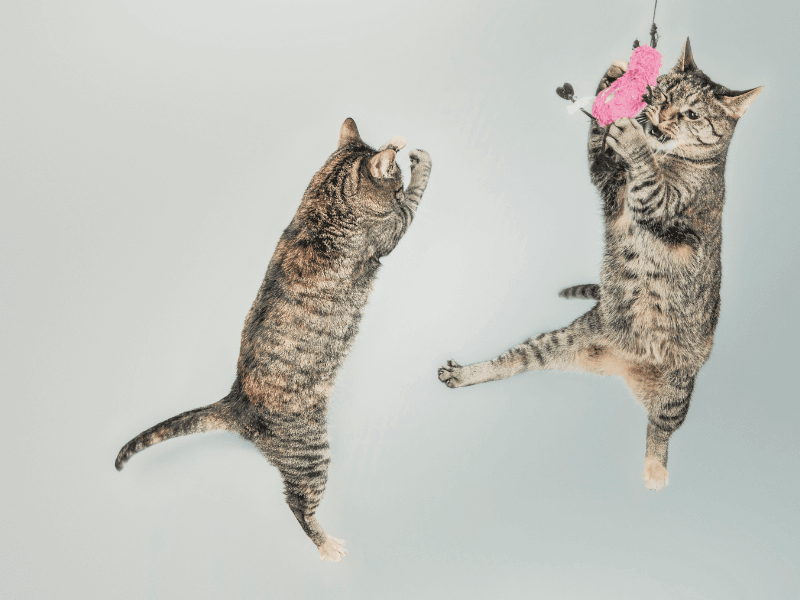
Caught in the act? Redirect your cat’s attention to something positive, like a toy. This helps them understand what’s acceptable without scolding. By moving their focus to a fun activity, you can prevent unwanted habits from forming. It’s all about the gentle nudge.
5. Consistency
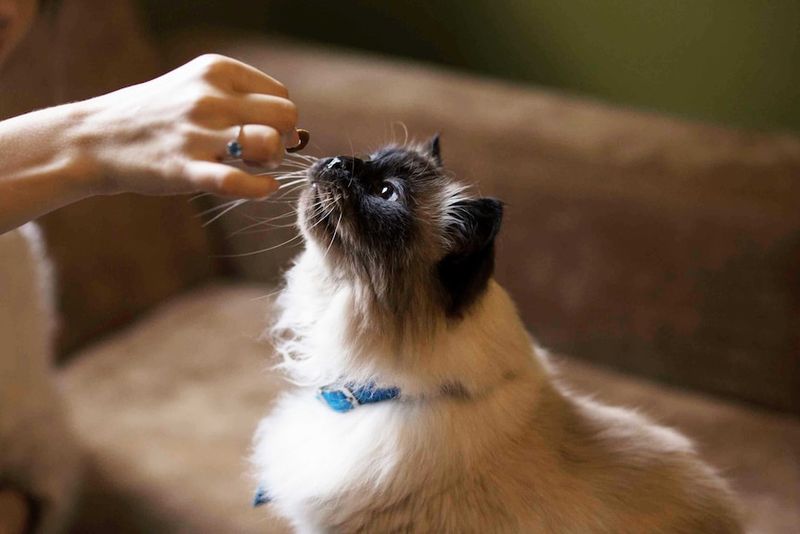
Consistency is the backbone of any training. Cats thrive on routine, and knowing what to expect helps them feel secure. Stick to the same rules and rewards, and your feline friend will soon get the hang of it. Make discipline a part of everyday life.
6. Voice Commands
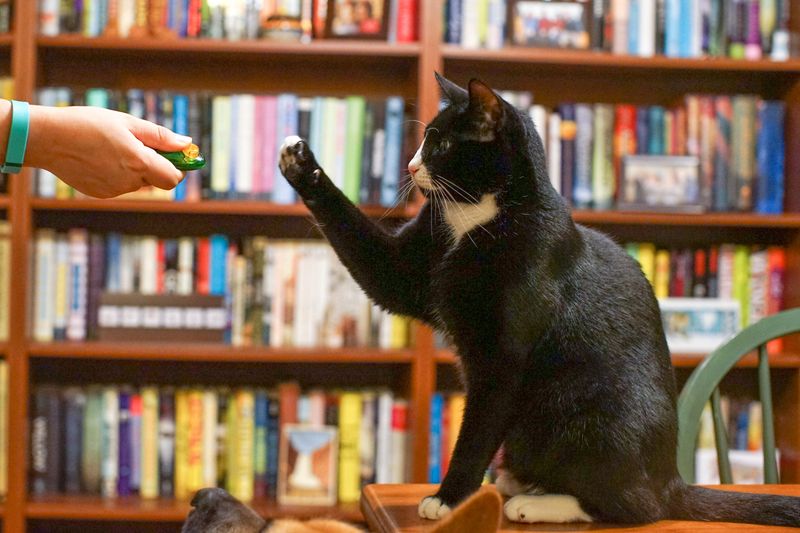
Do cats understand human language? Not quite, but they can learn to recognize certain commands. Use a firm yet gentle tone to convey instructions, and remember to reward them for following through. Communication is the foundation of understanding between you and your cat.
7. Scent Deterrents
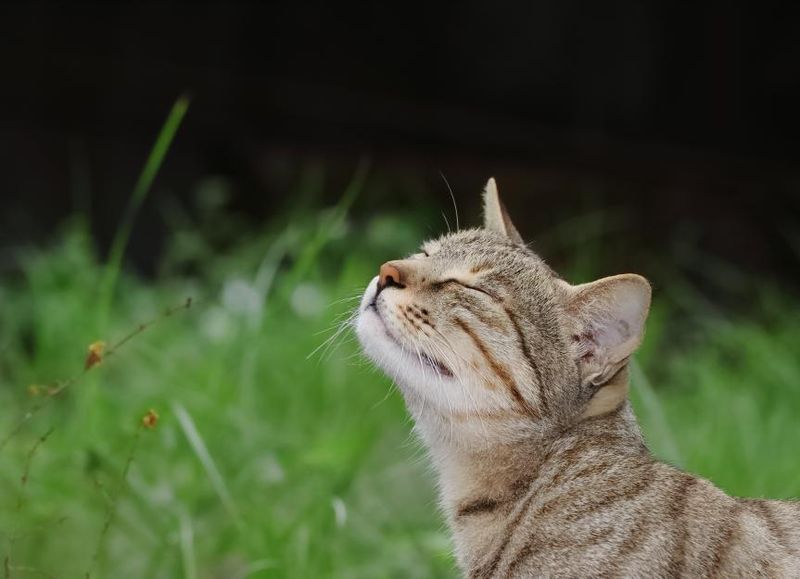
Cats are sensitive to smells, and some scents can deter them from certain areas. Citrus, for example, can keep them away from places you’d rather them not be. Spraying a safe scent deterrent can help guide their behavior subtly.
8. Playtime Engagement
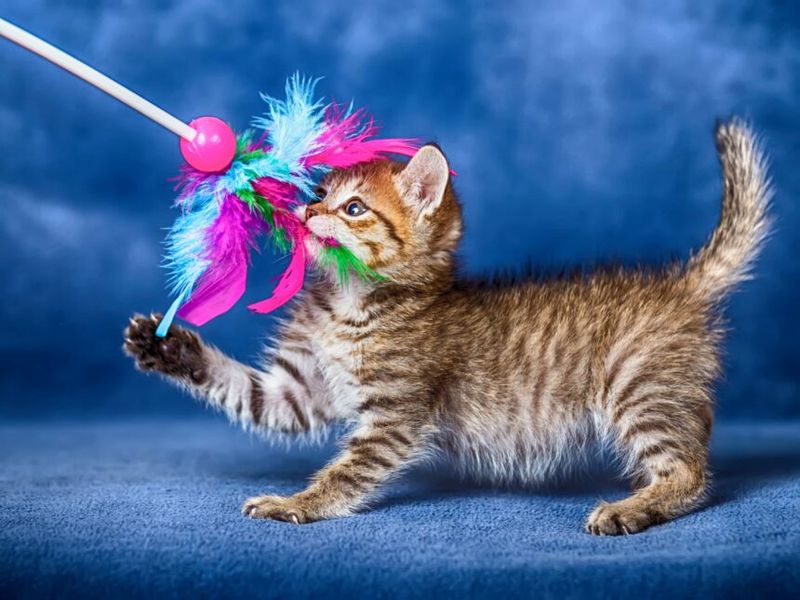
Playtime isn’t just for fun; it’s essential for a cat’s mental and physical well-being. Engage your cat in regular play sessions to channel their energy positively. This reduces destructive behaviors and strengthens your bond.
9. Respect Their Space

Cats are territorial creatures, and respecting their space is crucial. Provide them with a designated area where they can retreat to when feeling overwhelmed. This fosters trust and reassures them that they have a safe haven.
10. Puzzle Feeders

Puzzle feeders turn mealtime into a stimulating activity. By making your cat work for their food, you’re engaging their mind and reducing boredom. It’s a win-win situation that keeps them entertained and mentally sharp.
11. Gentle Handling

Cats respond well to gentle handling, and it’s vital for building trust. Avoid rough play, which may lead to aggression. Instead, use soft strokes and soothing words to create a calming environment that your cat will love.
12. Environmental Enrichment
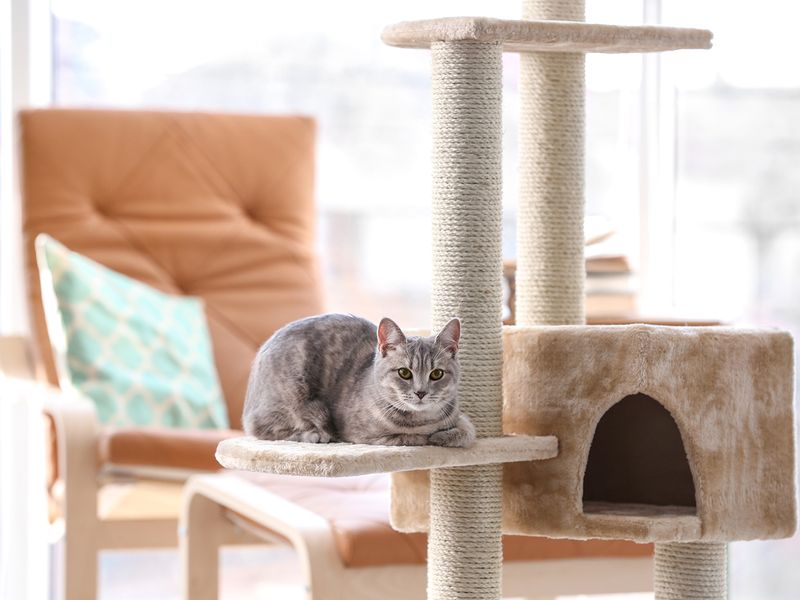
Boredom can lead to mischievous behavior. By enriching your cat’s environment with climbing trees and toys, you’re providing opportunities for them to explore and play. This keeps their instincts sharp and reduces unwanted behavior.
13. Reward Good Behavior

Why focus on the negatives when you can celebrate the positives? Rewarding good behavior encourages your cat to repeat it. Whether it’s a treat, a cuddle, or a favorite toy, positive reinforcement creates a happy and well-behaved kitty.
14. Body Language Awareness

Understanding a cat’s body language is like learning a new language. By observing their cues, you can respond appropriately and avoid misunderstandings. It’s a way to connect with your cat on a deeper level, making communication seamless.
15. Controlled Feeding
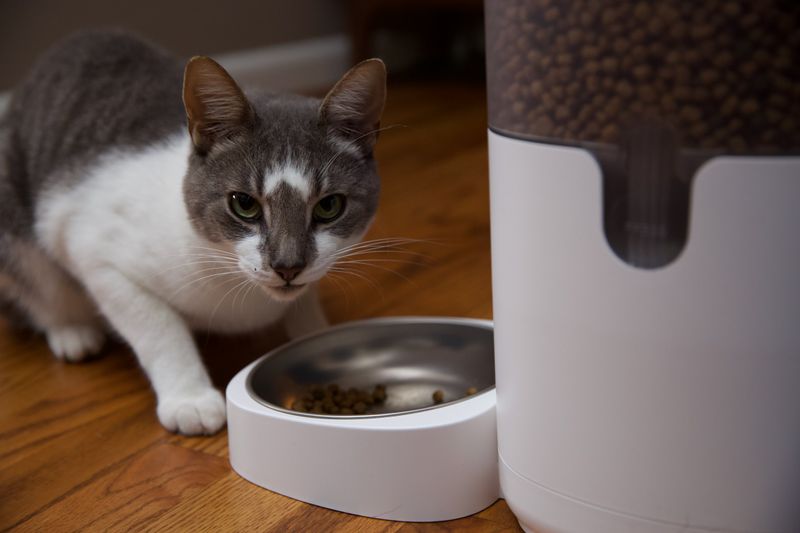
Feeding time can be controlled to encourage good behavior. Establish a routine and stick to it, ensuring your cat knows when to expect meals. This not only helps in managing weight but also instills discipline in other areas of life.
16. Loving Patience
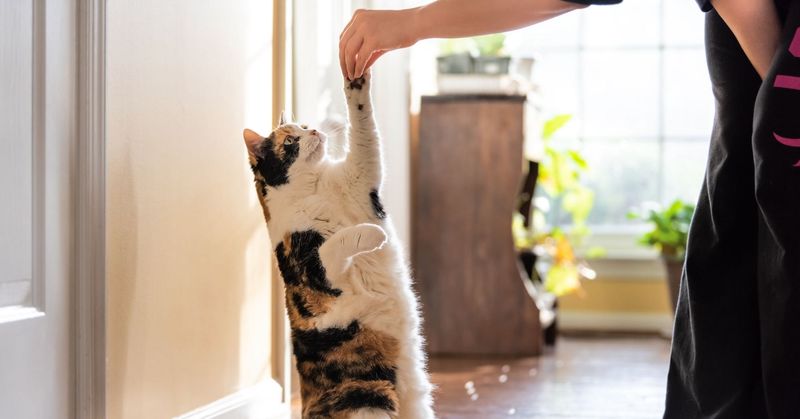
Patience and love are at the heart of any good discipline strategy. Cats might not change overnight, but with consistent effort and understanding, they will adapt. Remember, discipline doesn’t mean being harsh – it’s about guiding your feline friend with kindness.






